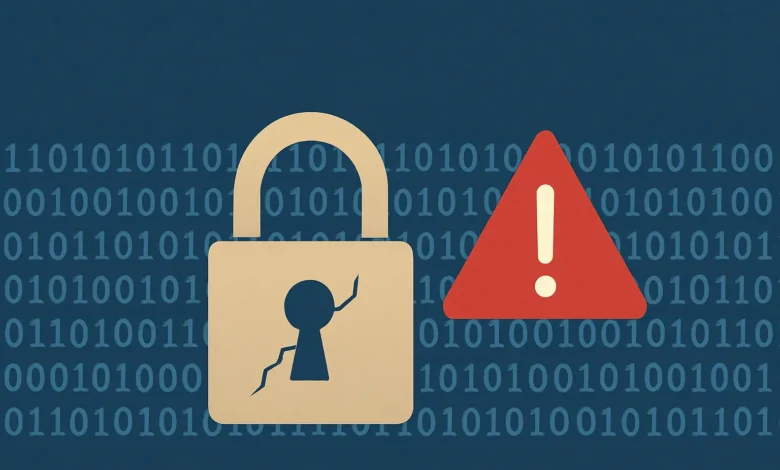The Internet’s Greatest Near-Catastrophe: The Story of the XZ Utils Vulnerability Foiled by Chance

In the relentless world of cybersecurity, where a fierce battle rages between the builders of digital fortresses and those who seek to tear them down, a true catastrophe was miraculously averted thanks to the vigilance of one remarkably observant programmer. We are talking about the critical “XZ Utils” vulnerability, a seemingly innocuous open-source data compression library that concealed a meticulously designed backdoor, deeply embedded in countless Linux systems.
This malicious implant could have handed attackers absolute control over millions of servers worldwide—a digital doomsday scenario.
A Chance Discovery Unravels a Sinister Plot
The unlikely hero in this high-stakes drama is Andres Freund, a software engineer at Microsoft. Freund wasn’t actively hunting for security flaws; he was investigating peculiar slowdowns in SSH logins and unexplained high CPU usage on a Debian testing system. His meticulous observations and a nagging suspicion led him to scrutinize the liblzma library, a core component of XZ Utils. What he unearthed was far more sinister than a simple bug: a deliberately planted, brilliantly obfuscated piece of malicious code.
The Patient Predator: A Wolf in Maintainer’s Clothing
Initial investigations paint a chilling picture: this was no opportunistic hack but the culmination of a sophisticated and patient operation spanning nearly two years. An individual, or perhaps a group, operating under the alias “Jia Tan” is believed to be the architect of this attack. This entity methodically built trust within the XZ Utils developer community, eventually rising to become a key maintainer. This privileged position allowed them to subtly weave the malicious code into the software’s updates, evading immediate detection. Such a long-game strategy, requiring immense patience and technical skill, strongly suggests a well-resourced, possibly state-sponsored, actor.
How It All Could Have Crumbled
The primary target of this insidious backdoor was SSH (Secure Shell) authentication. By manipulating the authentication process within the compromised library, an attacker could bypass normal security checks and gain remote code execution capabilities with the highest privileges on affected systems. Imagine the devastating fallout: unauthorized access to sensitive corporate data, compromised government networks, or even the takeover of critical infrastructure. The potential for global disruption was immense.
A Miraculous Escape… But a Stark Warning
Fortunately, this digital time bomb was defused before it could detonate across the wider internet. The compromised versions of XZ Utils were caught while still in the testing or pre-release phases of major Linux distributions. It hadn’t yet been widely integrated into stable, production releases, averting a cybersecurity crisis of legendary proportions.
What Now? A Sobering Call for Vigilance
The moment the vulnerability was confirmed, security organizations and Linux distribution maintainers scrambled to issue urgent alerts. Users and system administrators were implored to immediately downgrade to older, untainted versions of XZ Utils.The XZ Utils saga is a deafening wake-up call for the entire open-source software ecosystem. It starkly illuminates the inherent risks lurking within software supply chains and underscores the desperate need for more rigorous verification and trust, even for long-standing projects. The heavy reliance on often unpaid, volunteer maintainers for critical infrastructure has been exposed as a potential vector for sophisticated attacks. We dodged a massive bullet this time, but the lessons learned must galvanize the community to build stronger, more resilient defenses against the ever-evolving landscape of cyber threats. The very stability of the internet may depend on it.